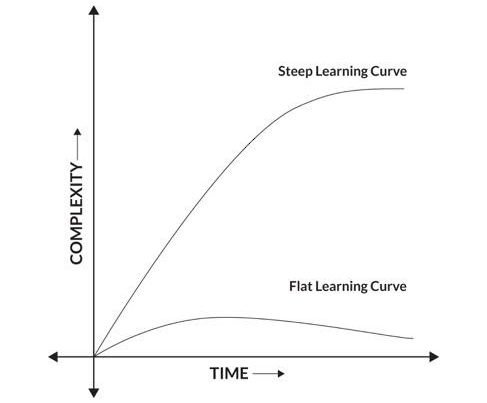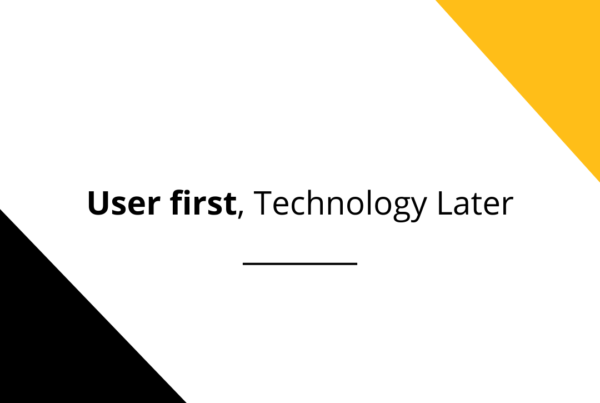Let us begin with a small exercise. Tell me what comes to your mind when I say, “Close your eyes and conjure up images of some cool, innovative stuff, Take a minute and list out all those things that come to your mind.”
I do this exercise every time I begin a module on Innovation. The answers that I get, about 99% of the time, range from ‘an iPhone, Tesla cars, Google glasses to Artificial Intelligence (AI), Virtual Reality (VR), Augmented Reality (AR), Machine Learning (ML), Space Tech etc.’
Do you see a common thread in those responses? All the things mentioned, fall into two categories,viz.
1. Hi-end Technologies and
2. Physical Products
That raises an obvious question in my mind, “Why are we programmed to associate hi-end technologies and physical products only with innovation?”
“Is innovation restricted to only these categories?”
Let us broaden our understanding of innovation.
Without getting into an intellectual discussion, filled with jargon, let me narrate an experience from DK’s entrepreneurial innings.
From 1990 to 2005, DK ran his own manufacturing companies, they were into productivity enhancement equipment such as Automatic Indexing Tables, Automated Conveyor Belts, Pick and Place units, Miniature Robotics, Custom-built Machines etc.
One of their products was something called an ‘Automatic Riveting Machine (ARM for short)’. Look at the ceiling fan, it generally has three blades fixed onto a motor body with three rivets each.
About 30 years back, fan manufacturers would perform this operation (fixing the fan-blade onto the motor body) manually. How?
One worker would place the motor body into a fixture, another would place the fan-blade and hold it in place, a third would insert the rivets through the holes in the fan blade and the motor body and flatten the rivets with a few hefty blows of a hammer. So basically, three workers would be required to perform the operation.
Fig 1: Rivets holding a Fan Blade
DK’s Automatic Riveting Machine (ARM) would enable the same operation with only one worker. A single worker would place the motor body and the fan-blade into a fixture under the ARM. At the press of pedal, the ARM would insert the rivet and perform the riveting operation, all in one stroke.
The productivity of the assembly line would rise multifold – thrice in terms of manpower and four times in terms of time consumed. The ARM was a fast-moving product for DK.
Another major customer segment for the ARMs was Cooking Utensil manufacturers. A frying pan has a bakelite handle that is riveted onto the main body. Some cooking vessels too have handles that are riveted onto them. Hence, the ARMs used to be in great demand in that industry, enhancing the productivity of the assembly lines of utensil manufacturers, many times over.
Fig 2: Bakelite handle riveted to a frying pan
This incident is about one such customer of DK’s (you guessed it right!), a cooking utensils manufacturer.
This manufacturer was a large family managed business (FMB), based out of Mumbai. Back in 1998 (when this incident dates back to), they had an annual turnover of Rs. 290 crores. If translated to today’s value, considering inflation over the last twenty years, it would be in the range of Rs. 2000-2200 crores (fairly large for a FMB operating in a largely unorganized domain).
These folks were DK’s regular customers since 1990. DK had noticed a peculiar trend in their business.
Want to know what happened next?
Click here(India): https://bit.ly/ItsLogical
Click here (Rest of the world): https://amzn.to/3bQeTxS
Want to be part of our special group with Dr. KD?:
https://bit.ly/3ecjHiN




